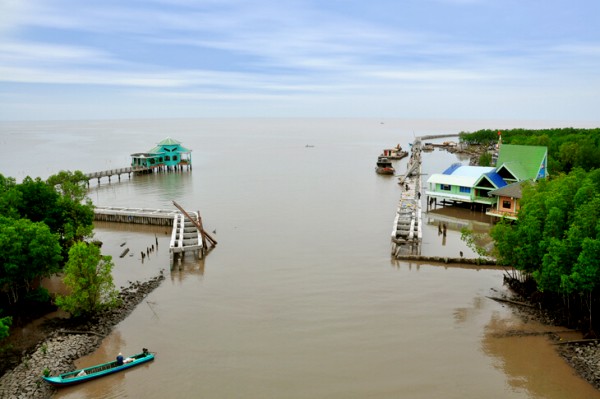Ca Mau Cape planned to become national tourist area by 2030
VGP – A master plan for the development of the Ca Mau Cape national tourist area until 2030 has been approved by the Prime Minister, with the goal of developing the Ca Mau Cape tourist site into a national tourist area within the next 12 years.
 |
The Ca Mau Cape national tourist area will be mainly located in Ngoc Hien district and part of Nam Can district. It borders Nam Can district’s Ca Mau Cape National Park to the northeast, the district road no. 73 to the east, the Gulf of Thailand to the west, and the East Sea to the south.
The Ca Mau Cape national tourist area is an adjusted name of the Nam Can tourist area, which is mainly located in Ngoc Hien district and part of Nam Can district, with a total area of about 20,100 hectares.
Specific objectives of the Ca Mau Cape national tourist area:
- Tourist arrivals: one million arrivals by 2025 (6,000 international arrivals) and two million tourist arrivals by 2030 (22,000 international arrivals);
- Revenue from tourists: Approximately VND2 trillion (US$88 million) by 2025 and VND5 trillion (US$220 million) by 2030;
- Accommodation development: 950 rooms by 2025 and 2,000 rooms by 2030;
- Jobs: Jobs for 1,500 direct laborers by 2025 and 3,000 direct laborers by 2030.
At first, the Ca Mau Cape national tourist area will focus on attracting popular tourists for sightseeing and discovery tours. The tourist area will begin to attract premium tourists, towards resort tourism, eco-tourism and recreation tourism by 2025, while prioritizing the attraction of premium tourists by 2030.
By Vien Nhu

